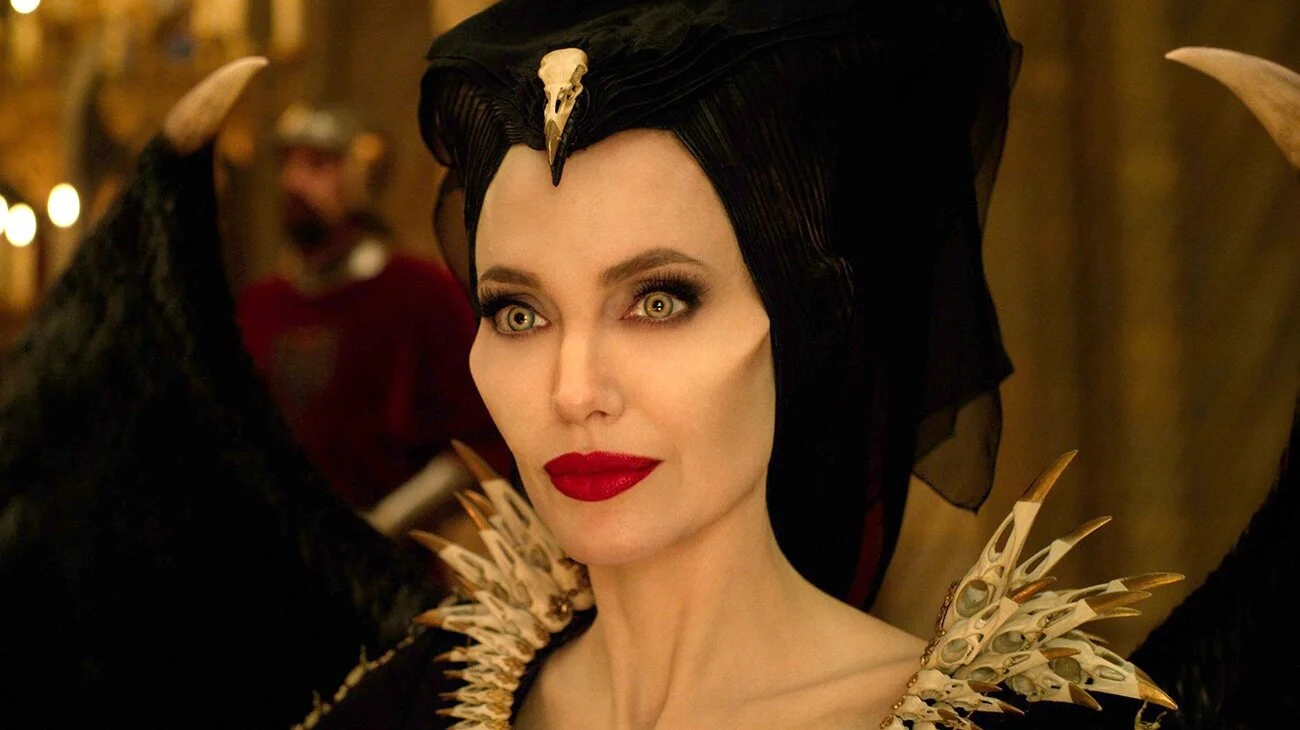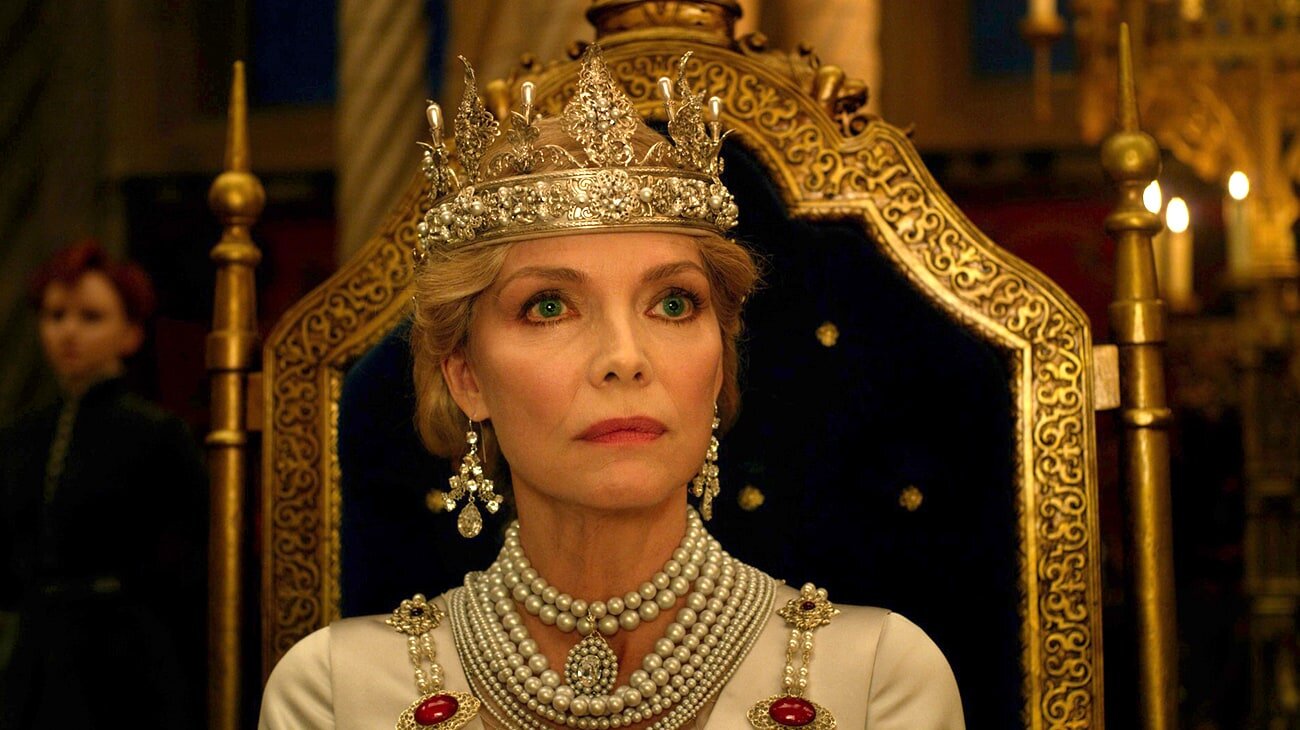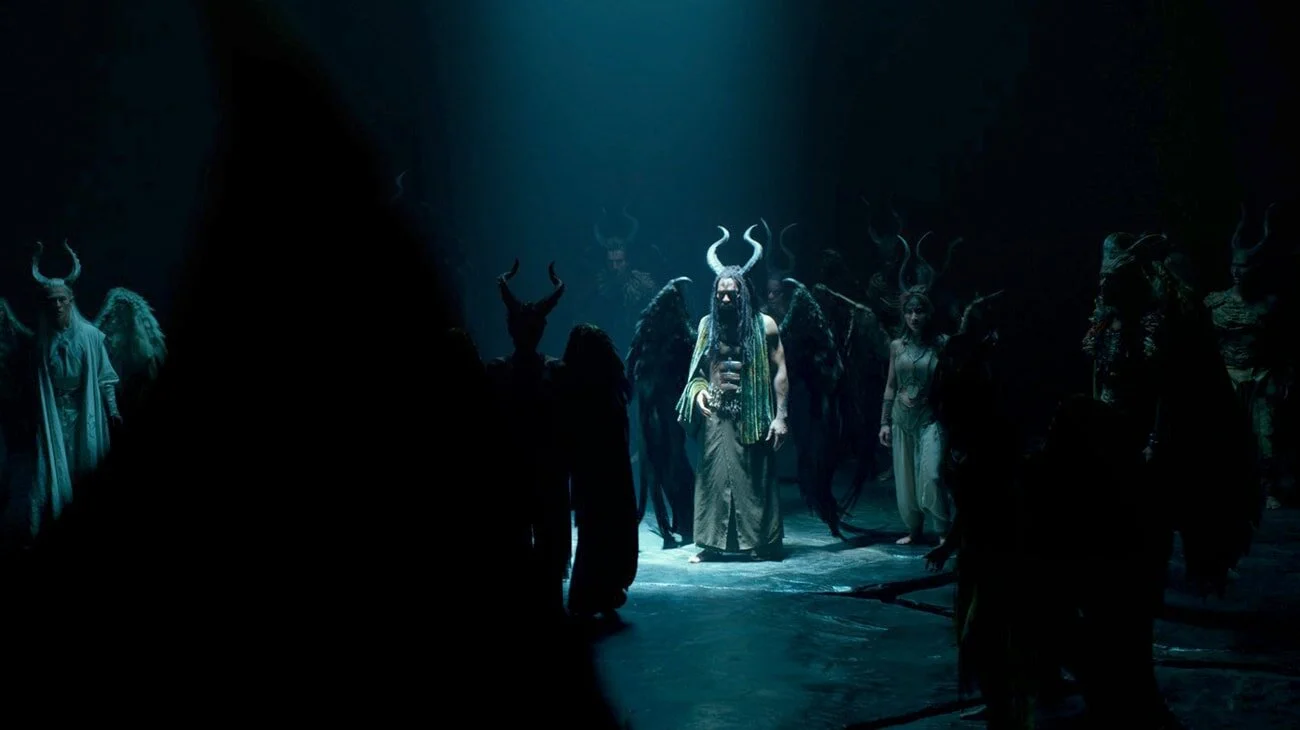IR Film Review: MALEFICENT - MISTRESS OF EVIL [Disney]
The essence of what evil complies to in modern times sometimes directly involves correlation to way of life but also what it means to rule and protect. While the sequel “Maleficent: Mistress Of Evil” addresses this idea, it does so almost in a superficial way, both to appeal to wide audiences, have a distinctive female empowerment theme but also to build the texture of the Maleficent myth without really changing. The weird irony bakes in the idea of conventional happiness. The idea here revolves around what Aurora (played by Elle Fanning) actually wants. She wants to fall in love but must understand as Queen Of The Moors, she has a responsibility to protect them. She seems concerned but there is never any dire loss on her part that feels at all real. At one point, the possibility could verge on a sort of genocide but it is glossed over in a way, albeit this has to be cohesive for all audiences from the Disney perspective.Angelina Jolie is radiant as Maleficent but most of the time it is very hard for her to emote from behind the altered make up and the contact lenses. There is so much more possibility and as the film progresses her, as expected, through a sense of rage. You can see the sadness in the character but it is never inexplicably brought out, which is not Jolie's fault, it is the nature of the character. Maleficent, as a character, is undeniably defensive and hot headed which may cause her to act out of terms of fear when she has all the power. Like Captain Marvel, it at times can be hard to root for a character who almost cannot lose. That is why part of the progression here works but doesn't take it to the nth degree possible.The other side of the coin is brought the Queen character as played by Michelle Pfieffer. This is the most brazen character she has played in years but despite some deliciousness that brings to mind “Batman Returns”, it is not nuanced enough or motivated with enough concrete factors. This is likely not Pfieffer's fault but an overall problem in terms perhaps of direction and a light script built to showcase effects. Something like Endgame or even Alice In Wonderland can pull at the heartstrings. That effort is surprisingly empty here. There is no sense of loss or bewilderment. The CG actually takes away when the base story is solid enough but become periphery when it is trying to handle too much else. Pfieffer's character says she acts the way she does for the good of the kingdom but many times it simply comes off as vengeful and not strategic. If the standard sets true to do an action for the love of family, her motivations simply becomes a selfish act, and it belies any important value is under it.As the lead per se in Elle Fanning, the diversity that she showed in something like “The Neon Demon”( granted this movie is utterly different and 180 tone) is missing here. Again this might be more just a script or direction problem but the essence of a Disney princess in the modern times is to be reflective both of old and new. And while Aurora voices her displeasure at conforming to norms, she easily leaves her people which is something Maleficent also does so the progression of thought seems a bit skewed.There is also a subplot about Maleficent's kind and her place in their mythology. This plays nice and well but is more set up to be the flash point of a later plot specific device. Chiwetel Ejiofor in a sense is the only character both on the Moor and human side who relays the texture of what is being fought for. He, likely on purpose, tries to underplay it. Jolie, at times, tries to play back but it is hard within the make up. The most telling of all the scenes is when Maleficent is alone and vulnerable not knowing what she is without the regal robes. Jolie's styled black hair looks more like a siren hanging off of Elfin ears and it really gives a distinct different impression and a different view into the character. However, this is short lived.Ultimately, "Maleficent: Mistress Of Evil" is keying into a powerful IP but also trying to keep itself within a certain confine of plot structure, effects, pliability and other textures without either offending or going too dark in worry of losing the audience. What ends up happening is characters in a fantastical world who are not quite archetypal but are also not fully fleshed out to the potential of their possible luminosity and dimension.C-
By Tim Wassberg





